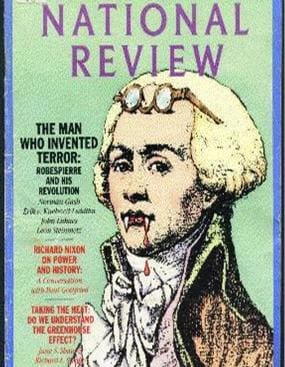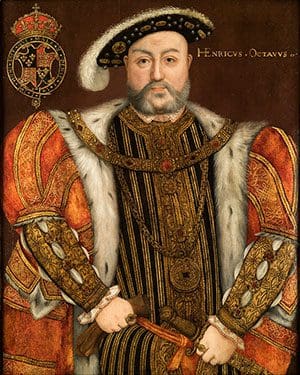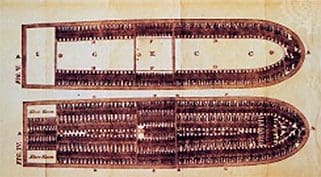
Regarded by many as simply too complex to be taught to Y7 or Y8, the French revolution divides opinion. Personally I think it is a great topic, as long as you don’t feel that you need to cover the whole period from the 1780s to 1815 in equal detail. You need to go for turning points and the links with today. Why do the French sing the Marseillaise at rugby matches when we sing God Save the Queen? I focus mainly on causation as the underpinning theme throughout the whole study. The lesson comparing the different ways in which the Storming of the Bastille has been interpreted offers a colourful and exciting way in, as does the ‘Through the Keyhole’ view of Versailles.
Comparisons can be made across countries and periods by contrasting the reasons for the revolutions and the execution of Louis XVI can be compared with that of Charles I. By exploring the way people set about ruling in the two countries pupils are well prepared for the comparison of Cromwell and Robespierre. This provides an exceptionally rich vein of material for the study of interpretations.
The following Key Stage 3 history lessons for teaching the French Revolution have been judged to be outstanding according to OFSTED criteria. You will find a wide variety of teaching and learning activities and full lesson plans as well as a rich array of teaching resources including PowerPoint® presentations.
Key Stage 3 Outstanding History Lesson
- Enquiry question: When the French Revolution started in 1789, few wanted the death of the king or the end of monarchy. But just 4 years later the king’s head has been chopped off. Why?This lesson was taught to a mixed-ability class of 19 which contained low-attaining Year 8 pupils who found concentration difficult. The lesson’s strong point is that it simplifies a complex topic into memorable episodes and gets pupils involved from the beginning. Starting with an engaging story, pupils are asked to speculate as to why Louis suffered that fate. A PowerPoint presentation uses 4 key images on which pupils can hang their understanding. A short role play of the trial leads to a summary in which pupils label 4 key turning points of a living graph from 1789-93.
- What should we write on Robespierre’s plaque to stop it being vandalised again? A lesson which helps pupils’ understanding of interpretations and prepares them to write a short, balanced summary of their own.
Smart Task
- Popping corks? What is the best analogy to explain the causes of the French Revolution. A smart task for Gifted and Talented pupils in Y9.






